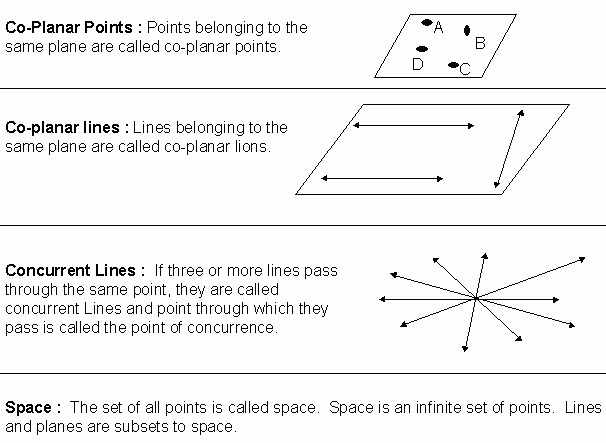Addition and Subtraction
Problem Structures
- Join Problems
- starting amount
- change amount
- result
Frank has 10 bananas. Tom gave him some more. Frank now has 15 bananas. How many bananas did Tom give Frank?
- Separate Problems
- initial amount is the whole
- separate parts
Sue had 17 dogs. She gave 6 to Sam. How many dogs does Sue have now?
- Part-Part-Whole Problems
- two parts that are combined into one
Kevin has 6 pennies and Tony has 7 quarters. How many coins do they have together?
- Compare Problems
- comparison of two quantities
Gina has 12 frogs and Andrea has 8 frogs. How many more frogs does Gina have?
Multiplication and Division
Problem Structures
- Equal-Group Problems
- When the number and group size is known - multiplication
- When the number of sets or the size of sets is unknown - division
Sara has 4 bags of potatoes. There are 10 potatoes in each bag. How many potatoes does she have?
- Comparison Problems
- Multiple copies of the other
- One set is a multiple of the other
Tom found 24 Easter eggs. He found 6 times as many as Lou. How many eggs did Lou find?
- Combination Problems
- Counting the number of possible pairings
Kathy bought 10 pairs of pants and 5 shirts. All of the pieces of clothing can be worn together. How many different outfits does Kathy have?
- Area and Other Product-of-Measures Problems
- The product is a different type of unit from the other two factors
Van
De Walle, J. A., Karp, K. S., & Bay-Williams, J. M. (2010). Elementary and
middle school mathematics: Teaching developmentally (7th ed.).
Boston, MA: Pearson.











